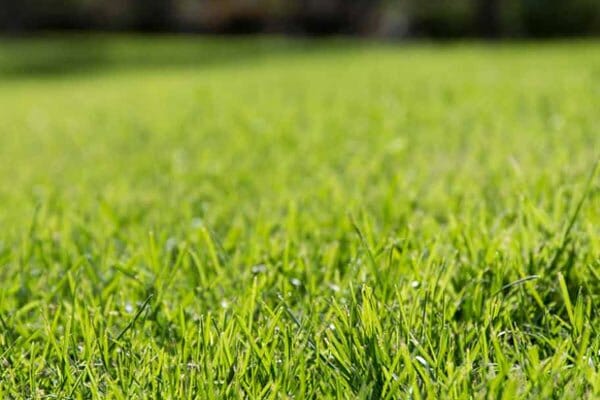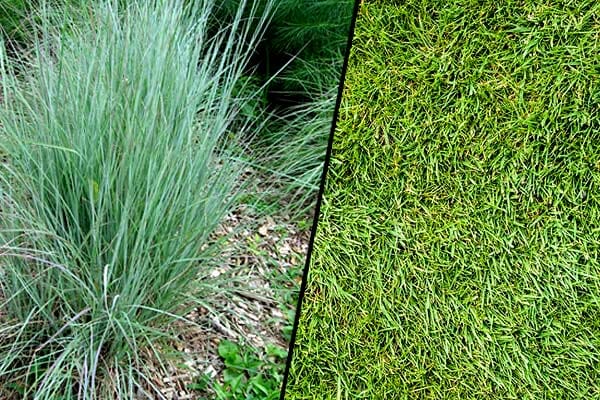When the word ‘plant’ is uttered, images of trees, shrubs, and flowers most likely spring to mind. But what about grass? Should grass be considered a plant too?
As it turns out, grass is indeed a plant. In fact, grass is one of the most abundant plants in the world, making up nearly 30% of all plant life on Earth. Most grasses come from the Poaceae family, which boasts about 10,000 species.
Grass is considered to be one of the most important forms of plant life in the world. As well as providing a vital food source for grazing animals, grasses are also one of the most important sources of food for humans. With 70% of the world’s agricultural land given over to crop growth, it is no exaggeration to say that the world would be a very different place without grass.
Is grass classified as a plant?

By definition, a plant is a ‘living thing that grows in earth, in water, or on other plants, usually has a stem, leaves, roots, and flowers, and produces seeds”.
Under this classification, it is clear that grass is classified as a plant. Even the grass growing in your front lawn fits neatly into this category: it grows in the earth from seeds, and each seed grows roots and produces a single leaf.
While there may be many grass-like species across the world, only plants from the Poaceae family are considered to be true grasses.
What defines a grass?
Conventionally, grass is thought of as a low growing, green, non-woody plant. It is extremely prevalent right across the globe, and can be found growing on every continent on Earth; Antarctic Hairgrass is a member of the Poaceae family and one of only two flowering plants native to the southernmost continent.
One of the key defining characteristics of grasses is that they are monocotyledonous flowering plants. In layman’s terms, this means that each grass seed only produces one leaf.
Grasses are also considered perennial plants, and mostly grow in the earth. Their root system is made up of many fine, fibrous roots, and grasses do not have a single tap root.
Grass is also well adapted for wind pollination. Grass pollen is extremely lightweight and is easily borne on air currents. In fact, wind pollination is the primary way that grasses grow and spread, as they do not have any brightly colored or highly fragranced flowers to attract pollinators such as bees and birds.
How many types of grasses are there?
In the Poaceae family alone, there are over 10,000 species of grass. While some members of the sedge and rush families could be considered grass-like, it is only these 10,000 species that Poaceae family that are considered to be true grasses.
While you may be inclined to only think of lawn grasses such as crabgrass or Kentucky Bluegrass when it comes to classifying grass species, there are actually several species of grass that you are much more likely to be familiar with, and might even consume these grasses every day!
Cereals such as rice, maize, wheat, and barley are all members of the Poaceae family. Given the critical importance that these four crops alone have when it comes to feeding the world’s population, the overall importance of grass as a plant species becomes clear.
What’s the difference between grass and lawn?

Grasses grow in many conditions and across many climates globally. In domestic situations, the grass is grown on a lawn.
A lawn is simply an area of grass that undergoes regular upkeep and maintenance, such as mowing, edging, and weeding, to keep the grass short. There is no one type of grass that is grown exclusively in lawns; in fact, the grass grown in lawns will differ depending on soil type, climate, and ease of cultivation in many areas.
While lawns may be one of the best known ways in which grass is grown, the role and importance of grasslands extends far beyond your front yard.
Whether you are talking about American prairies, Eurasian steppes, or African savannahs, global grasslands are vital areas of plant life. Grasslands often grow in between deserts and forests, in climates where there is not enough rainfall for a forest to thrive, but too much for a desert to form.
Grasslands grow in both tropical and temperate areas, and are considered to play an important role in combating climate change as their grasses store vast amounts of carbon.
Grasses really are so much more than the patch of lawn in front of your house. They are an abundant, thriving part of the world’s plant life, and are vital for the function of our world as we know it.






